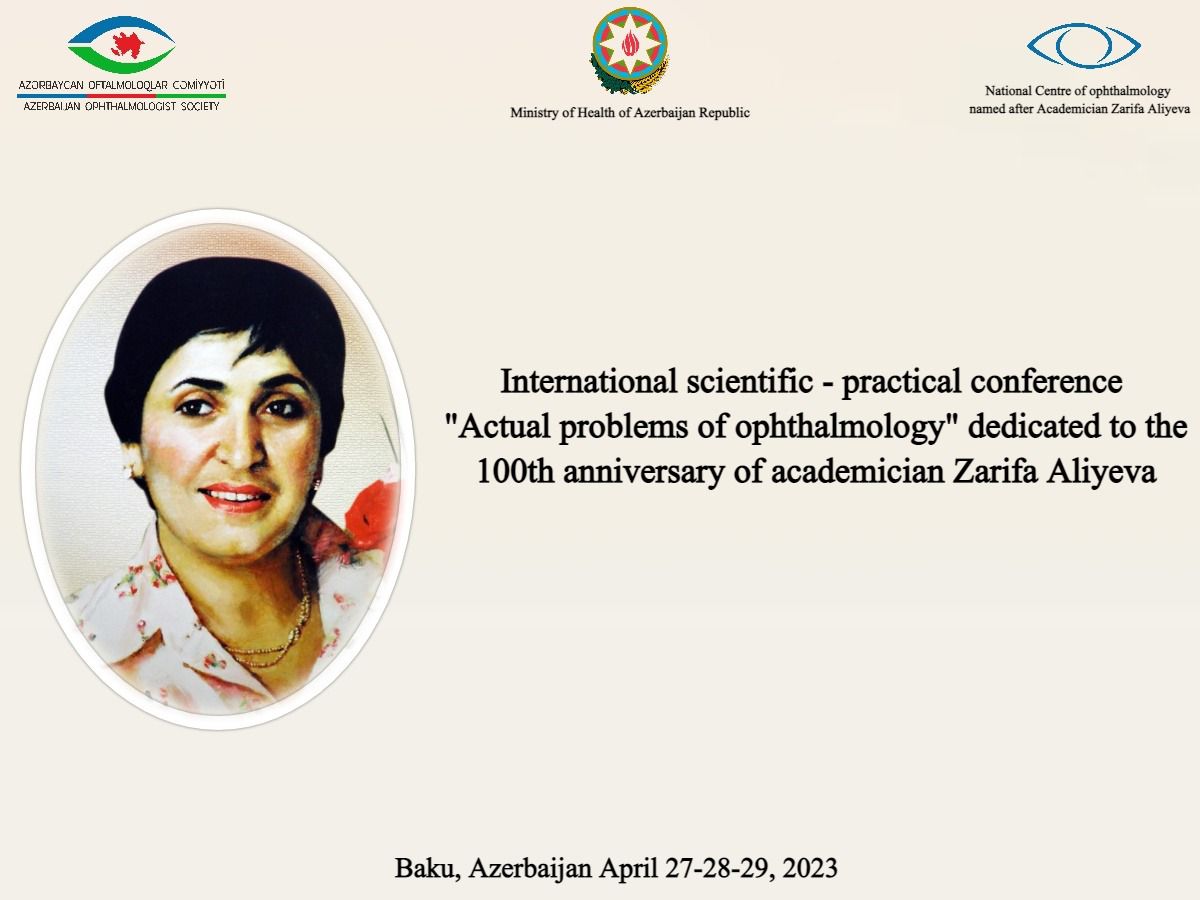Cyclic esotropia in the blind eye
Abstract
Purpose: The purpose of this study is to report, describe a rare form of esotropia, namely cyclic esotropia and analyse the possible causes of both cyclic and isolated esotropia.
Methods: This study included anterior segment assessment using a slit lamp, assessment of strabismus, fundus examination and relevant literature review.
Results: Consideration of the etiology and pathogenesis of cyclic esotropia.
Conclusion: One of the causes of cyclic esotropia is binocular vision impairment caused by eye injury or retinal disease. Another reason lies in factors not directly related to vision organs or anatomical structures. It can be due to a violation of the central nervous system and other general diseases of the body (diseases of the gastrointestinal and urinary tract).





